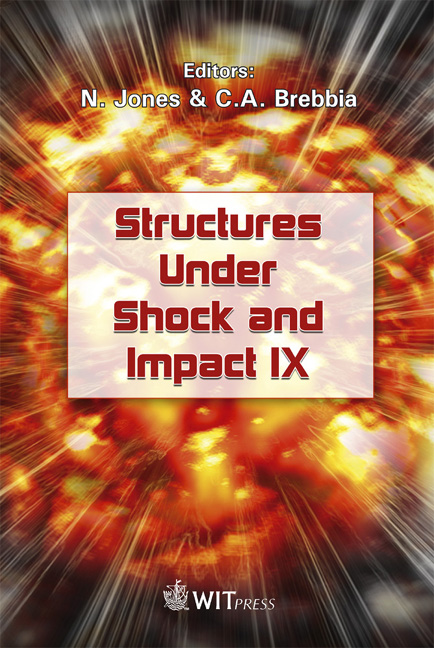Prediction Of Response Spectral Parameters For Bhuj Earthquake (26th January 2001) Using A Component Attenuation Modelling Technique
Price
Free (open access)
Transaction
Volume
87
Pages
9
Published
2006
Size
305 kb
Paper DOI
10.2495/SU060521
Copyright
WIT Press
Author(s)
S. H. Lodi & M. Kumar
Abstract
The Mw 7.7, Bhuj earthquake that occurred in the north-western fringes of the Indian subcontinent is regarded as one of the most devastating earthquakes of the stable continental regions (SCR). Although the Kutch region has experienced the events of large and moderate magnitude since historic times, yet the estimation of future design basis have remained hampered by lack of ground motion data. A recently developed methodology of Component Attenuation Modelling (CAM) is adopted to estimate the response spectral values. The technique is a modified version of the orthodox stochastically based simulation model, and predicts design structural responses directly by adapting local seismological information, for the regions lacking earthquake records. A dataset of 13 Structural Response Recorders (SRRs) stationed at various location from the epicentre is utilized for purpose of validation, due to absence of Digital Strong-Motion Accelerograph (DSA) records. The stations are categorized in three schemes: Quaternary, Tertiary and Rock; based on NEHRP classification. The wave propagation behaviour of the crust is assumed to resemble with Coastal Region of South China (CRSC), considering the geological setting and wave transmission qualities of both regions. The observed recordings reconcile well with predictions of CAM in the bandwidth of available time periods on the rock sites. The absence of recordings in displacement and acceleration controlled regimes restricts to assess the performance of the technique in all period ranges. The exercise not only helps achieve the design parameters for the subject region, but also assesses the applicability of CAM to the regions of low to moderate seismicity. Keywords: component attenuation modeling, Bhuj, stochastic simulation, structural response recorders, stable continental regions, design response spectra.
Keywords
component attenuation modeling, Bhuj, stochastic simulation, structural response recorders, stable continental regions, design response spectra.





